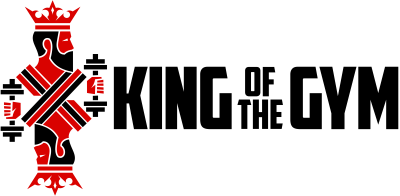Hip Adductors: Functional Anatomy Guide
The hip adductors refers to a group of five muscles that make up the bulk of the inner thigh mass. The primary function of this group is, surprise, hip adduction! The better known of the hip adductors are the adductor brevis, longus and magnus (L. ad, to ; ducere, to lead ; brevis, short ; longus, long … Read more
